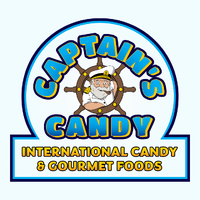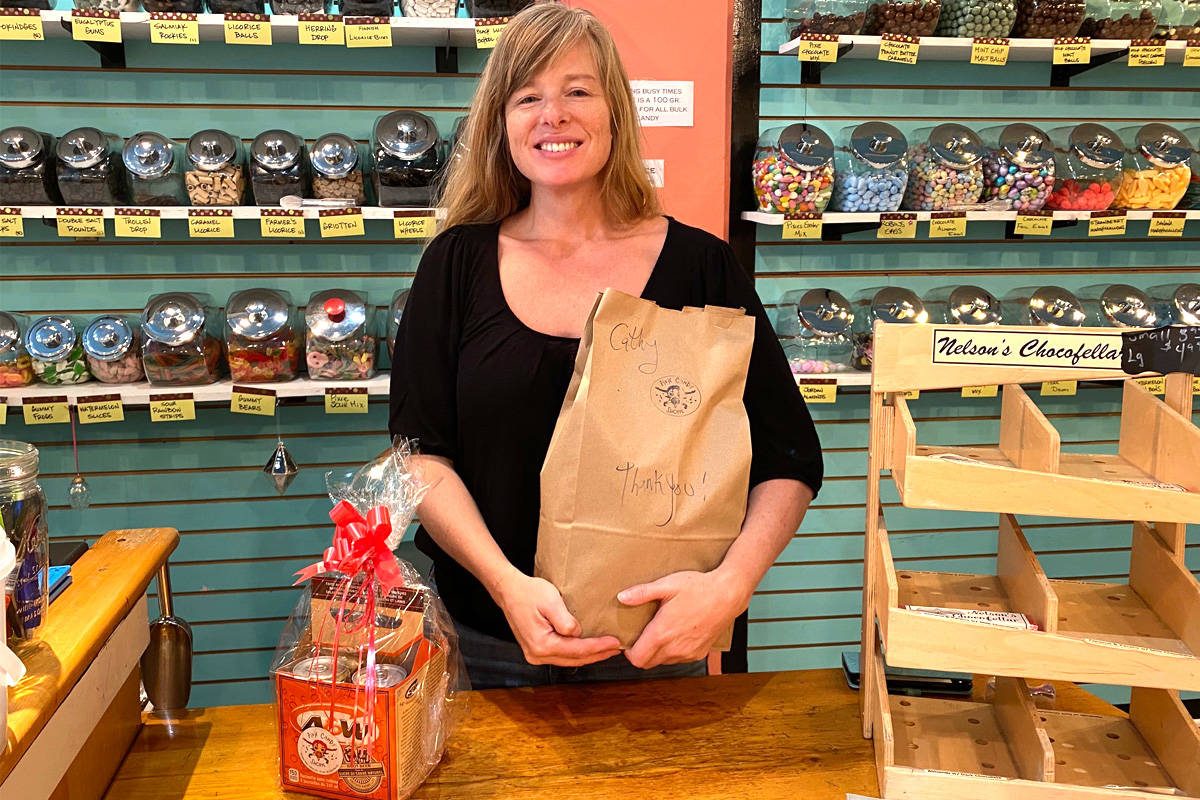Getting The I Luv Candi To Work
Getting The I Luv Candi To Work
Blog Article
I Luv Candi - Truths
Table of ContentsTop Guidelines Of I Luv CandiSome Known Facts About I Luv Candi.The Single Strategy To Use For I Luv CandiThe 5-Minute Rule for I Luv Candi7 Easy Facts About I Luv Candi Shown
You can likewise estimate your very own revenue by applying different assumptions with our financial strategy for a sweet shop. Typical monthly income: $2,000 This kind of sweet shop is usually a little, family-run business, perhaps recognized to locals however not drawing in multitudes of vacationers or passersby. The store may use an option of common sweets and a few homemade treats.
The store does not usually lug unusual or expensive things, concentrating instead on inexpensive deals with in order to maintain regular sales. Thinking an average investing of $5 per customer and around 400 clients per month, the regular monthly revenue for this sweet-shop would be around. Average regular monthly revenue: $20,000 This sweet store take advantage of its calculated area in an active city location, drawing in a large number of clients seeking wonderful indulgences as they shop.

In addition to its diverse candy choice, this shop may additionally market associated products like present baskets, candy arrangements, and novelty things, giving numerous income streams. The store's place requires a higher spending plan for lease and staffing however results in higher sales volume. With an approximated typical costs of $10 per customer and concerning 2,000 customers each month, this shop might generate.
The 6-Minute Rule for I Luv Candi
Found in a significant city and tourist location, it's a large facility, frequently topped multiple floorings and possibly part of a nationwide or international chain. The shop supplies an immense variety of candies, including special and limited-edition products, and goods like branded clothing and devices. It's not simply a shop; it's a location.
The operational prices for this type of store are significant due to the area, size, personnel, and features provided. Assuming a typical purchase of $20 per consumer and around 2,500 consumers per month, this flagship store might attain.
Group Examples of Costs Average Regular Monthly Expense (Array in $) Tips to Decrease Expenditures Lease and Utilities Shop rent, electricity, water, gas $1,500 - $3,500 Take into consideration a smaller sized area, work out lease, and utilize energy-efficient lighting and appliances. Supply Candy, treats, packaging products $2,000 - $5,000 Optimize stock administration to minimize waste and track preferred things to prevent overstocking.
Everything about I Luv Candi
Marketing and Advertising Printed matter, online advertisements, promotions $500 - $1,500 Focus on economical electronic marketing and utilize social media systems for free promotion. Insurance policy Service obligation insurance $100 - $300 Look useful reference around for competitive insurance policy prices and take into consideration bundling policies. Tools and Upkeep Sales register, show racks, repairs $200 - $600 Buy previously owned devices when possible and do routine maintenance to extend tools life-span.

This means that the sweet-shop has actually gotten to a point where it covers all its dealt with costs and starts producing revenue, we call it the breakeven point. Consider an instance of a sweet-shop where the monthly set costs generally amount to approximately $10,000. A harsh quote for the breakeven factor of a candy shop, would then be about (given that it's the total fixed cost to cover), or selling between with a cost series of $2 to $3.33 each.
About I Luv Candi
A big, well-located sweet shop would certainly have a higher breakeven factor than a small shop that does not require much income to cover their expenditures. Curious concerning the profitability of your sweet shop?
One more danger is competition from other sweet shops or larger stores that could provide a broader range of items at lower costs (https://disqus.com/by/carollunceford/about/). Seasonal fluctuations sought after, like a drop in sales after holidays, can additionally impact success. Additionally, changing customer choices for healthier snacks or dietary constraints can lower the charm of standard sweets
Last but not least, economic declines that minimize consumer investing can influence sweet store sales and success, making it vital for candy stores to handle their expenses and adjust to changing market problems to stay rewarding. These risks are typically included in the SWOT evaluation for a sweet-shop. Gross margins and net margins are crucial indications made use of to assess the success of a sweet-shop organization.
The 15-Second Trick For I Luv Candi
Essentially, it's the revenue remaining after subtracting expenses straight related to the sweet supply, such as acquisition expenses from providers, manufacturing costs (if the sweets are homemade), and staff wages for those involved in production or sales. https://www.easel.ly/browserEasel/14455157. Web margin, on the other hand, consider all the expenses the sweet-shop incurs, consisting of indirect prices like management costs, advertising and marketing, lease, and taxes
Sweet stores normally have an ordinary gross margin.For instance, if your candy store earns $15,000 monthly, your gross revenue would certainly be approximately 60% x $15,000 = $9,000. Allow's illustrate this with an example. Think about a candy store that offered 1,000 sweet bars, with each bar priced at $2, making the complete income $2,000 - camel balls candy. The store incurs prices such as buying the candies, energies, and wages for sales personnel.
Report this page